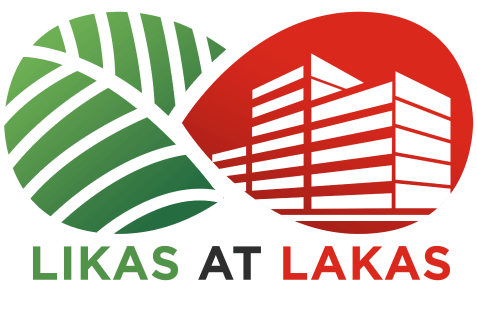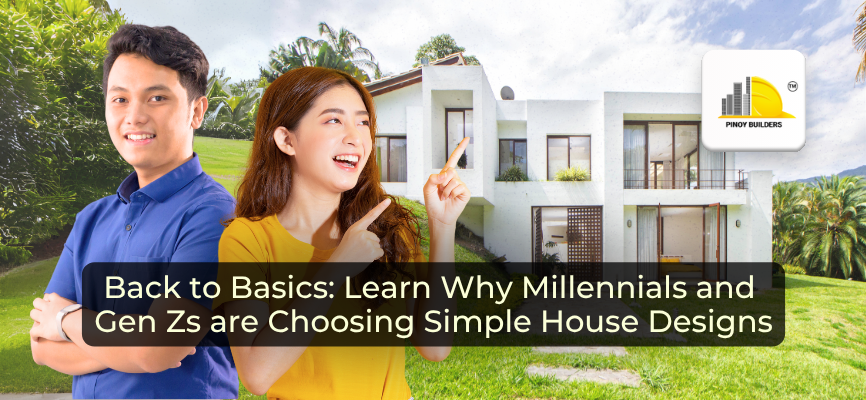Owning a home has always been a milestone worth working for, but for many Millennials and Gen Zs, it currently comes with big hurdles. Between skyrocketing land prices, high-interest loans, and unpredictable construction costs, building a dream home can feel like chasing something out of budget. Instead of waiting it out, younger buyers are taking a more practical approach that still reflects their personality without breaking the bank.
Simple house designs are becoming the go-to choice, not just because they’re cheaper to build, but because they match a lifestyle focused on function, minimalism, and smart use of space. Clean lines, compact layouts, and multipurpose areas are replacing large, overly complex floor plans. These homes are easier to maintain, quicker to build, and often more energy-efficient, making them ideal for young professionals, small families, or digital nomads looking to settle down.
In this article, we’ll explore why this design shift is happening, how it fits the mindset of today’s younger homeowners, and what simple yet stylish options are gaining popularity.
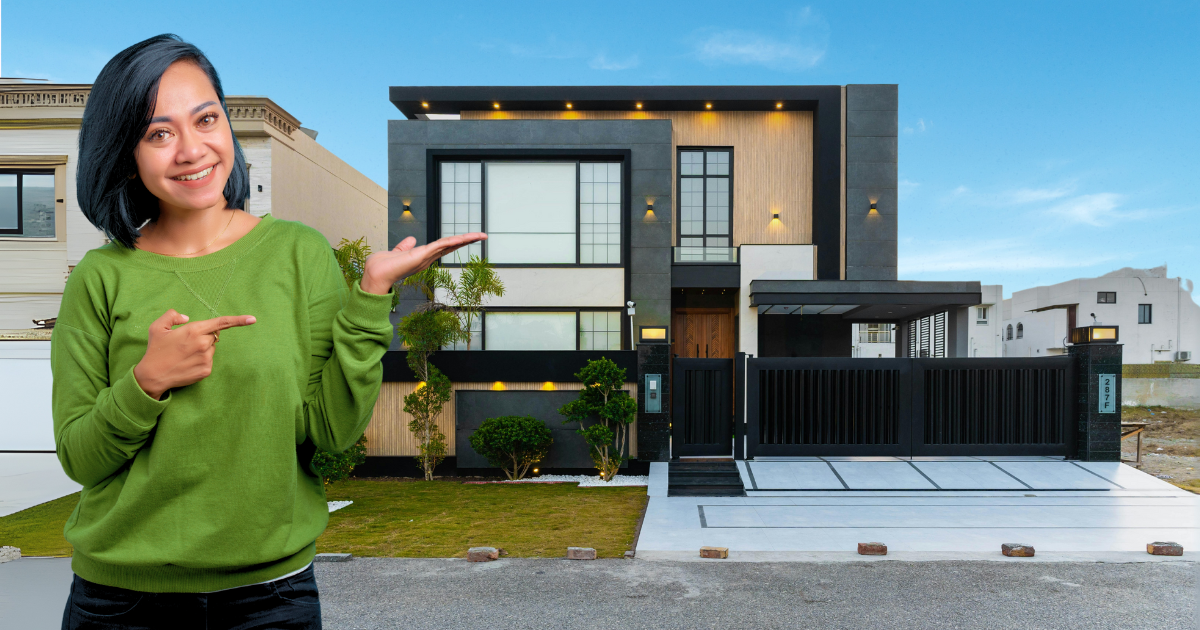
Why Simplicity Works for the Next Generation
Younger homeowners are working with tighter budgets. This makes simpler designs more practical, not just functionally but also financially, often requiring fewer materials, less labor, and shorter timelines. A minimalist mindset also matches their values: clean, clutter-free, and conscious of both space and spending. Most of all, these homes are functional, easy to maintain, and still stylish enough to share on social media.
House Design Concepts That Keep It Simple
Many homeowners believe their house needs to look perfect, extravagant, or straight out of a magazine. In reality, it only needs to feel right for the people living in it.
For Millennials and Gen Zs, a home that meets basic needs is often the ideal. Many prefer minimalist styles, a trend that gained popularity recently through mainstream media. Others hold on to the traditional house designs they grew up with. Regardless of aesthetics, the designs most favored by new homeowners share two qualities: functionality and cost-efficiency. Essentials take priority. And while there’s no definitive data ranking the most preferred styles among these generations, several home design concepts are consistently gaining traction:
1. Minimalist Design
The minimalist design focuses on clean lines, open spaces, and neutral tones. If you’re familiar with Japanese organizing consultant Marie Kondo’s concept, this house design is the physical embodiment of it. Essentially, the minimalist design embraces the simplicity of basics, removing anything that no longer “sparks joy,” making it ideal for small spaces and promoting a calm, organized feel.
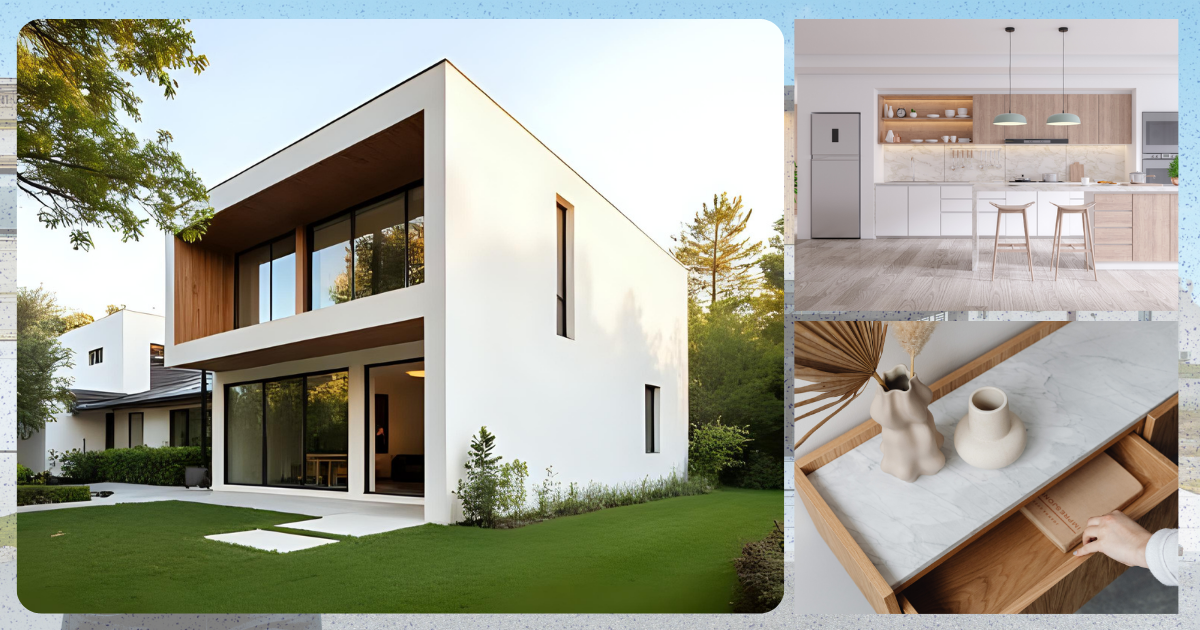
Many opt for built-in storage and multi-use spaces to keep things tidy and efficient in minimalist homes.
2. Modern Design
Modern house designs embrace contemporary style and simplicity. Think of minimalism, but enhanced with a broader range of materials and a more flexible approach to color beyond a strictly monochromatic palette.

A modern house design typically features flat roofs, large windows, and smart home technology. The look is sleek and current, which is ideal for those who want a home that reflects their digital lifestyle.
3. Scandinavian Design
Originating from the Nordic region, this house design has travelled all the way to Southeast Asia and beyond, gaining popularity for its simplicity, functionality, and the way it complements biophilic designs.
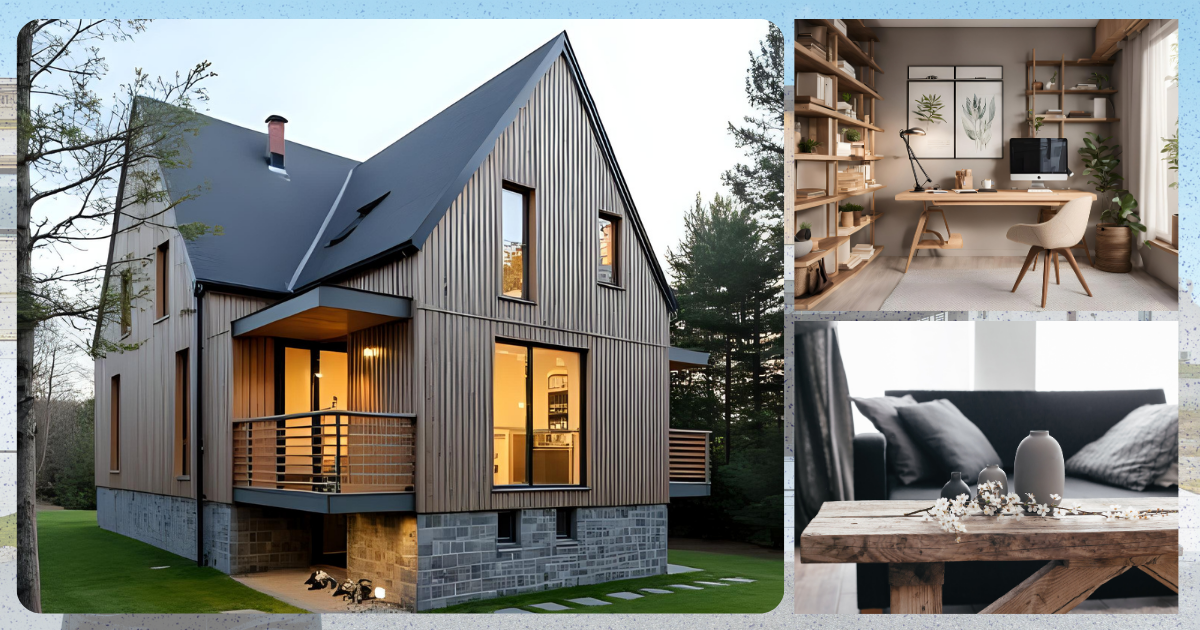
This style blends form and function through soft hues, natural light, and cozy elements. Wooden finishes, light-colored walls, and efficient furniture make even small spaces feel warm and open, making it perfect for cozy Filipino residential properties.
4. Industrial Design
Also known as urban or loft style, industrial house designs are popular in city areas. They take inspiration from old factories and industrial spaces, using raw finishes like concrete, brick, and exposed metal. This design works best for condos or converted units, offering a low-maintenance yet stylish living space.
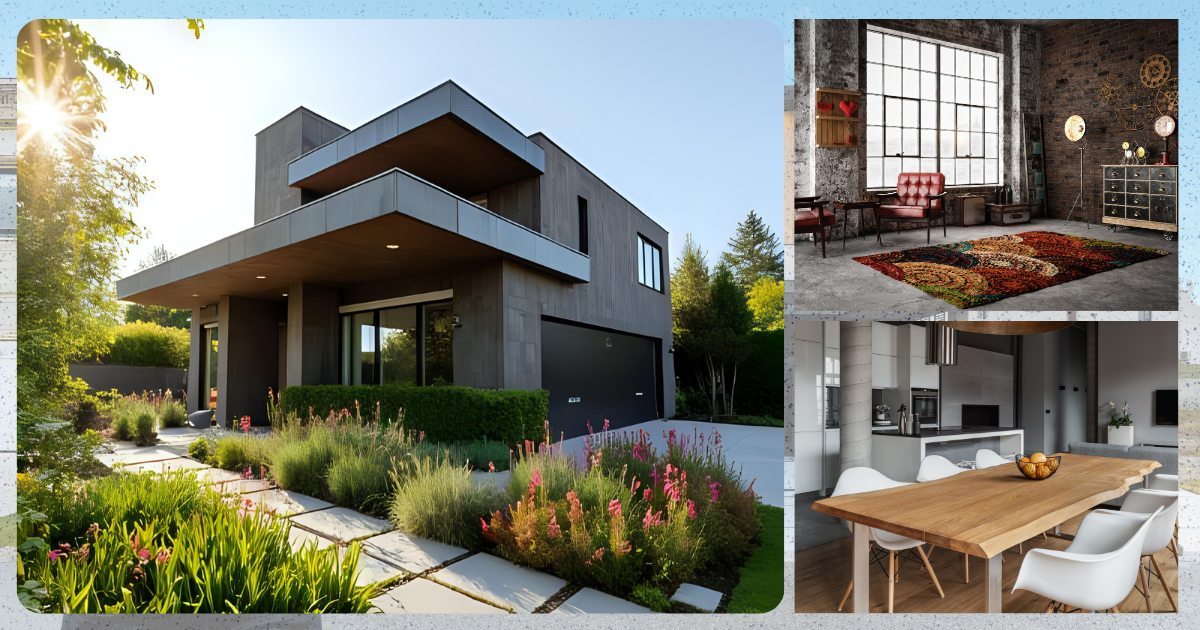
5. A Tropical or Filipino-Inspired Design
The tropical or Filipino-inspired house designs, rooted in local tradition, are naturally cooler and perfectly suited for the Philippine climate. They feature bamboo details, wide eaves, and large windows, as well as ventanillas and high ceilings to further improve airflow.
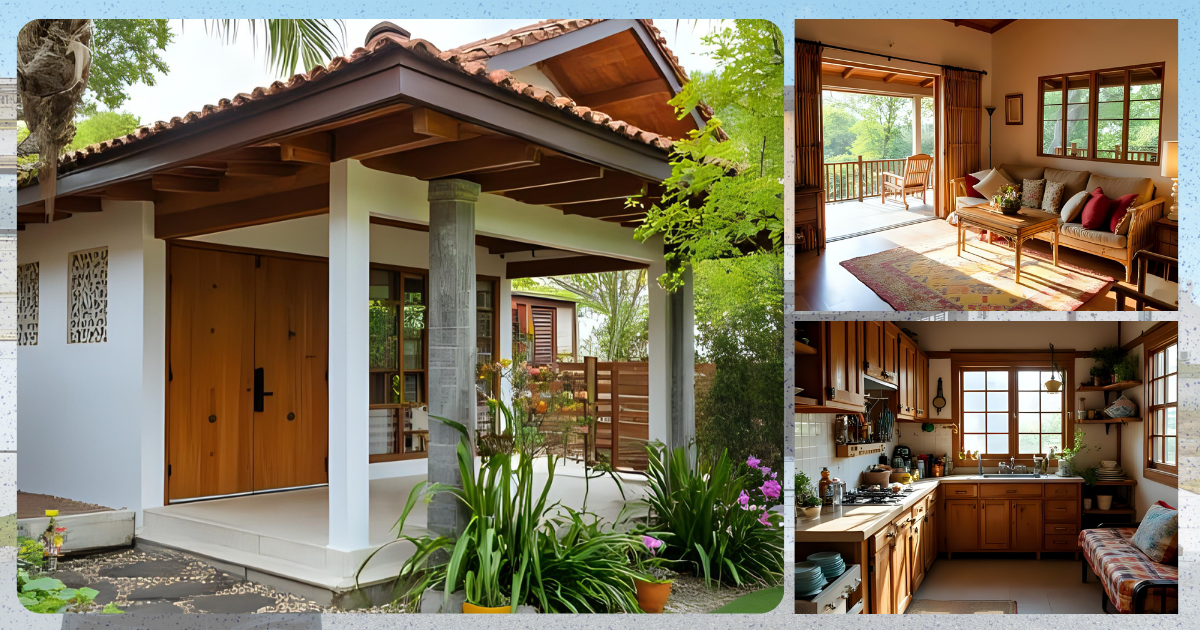
This design works best for homeowners who are looking for permanent and cost-effective ways to reduce electricity costs.
6. Tiny House Concept
The tiny home movement began in the late 90s and early 2000s, as people grew increasingly aware of the negative effects of climate change. During this time, many started seeking simpler lifestyles and ways to reduce their environmental footprint, which eventually led to the rise in popularity of tiny homes.
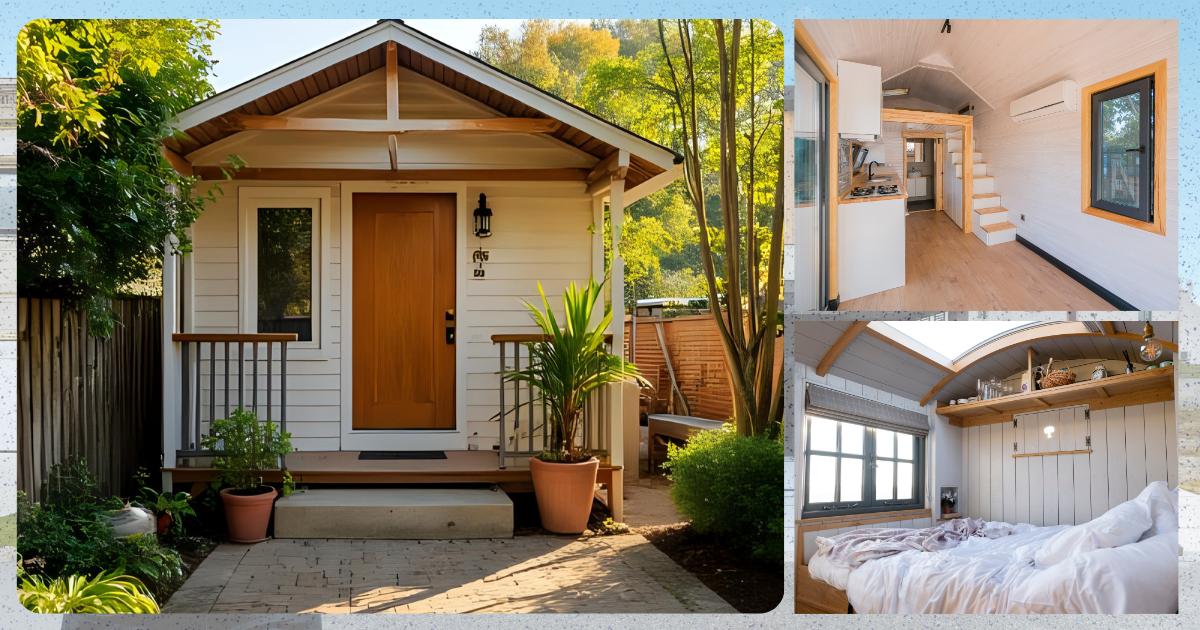
These compact houses fit essential home functions into a much smaller space. Common features include loft beds, folding furniture, and smart storage. They’re a practical choice for mobile living or downsized lifestyles, offering greater flexibility for those on a budget.
Practical Tips for Affordable Homebuilding
Simplicity in design often translates to long-term savings and practical living. Keep costs down without sacrificing quality by applying these simple strategies:
- Start small. Choose a compact, efficient floor plan to minimize materials and labor.
- Use local materials. Concrete blocks, wood, bamboo, and other accessible options are often more affordable and sustainable.
- Go modular. Prefabricated components can speed up construction and reduce overall costs.
- Plan built-ins early. Cabinets, shelves, and storage nooks save space and eliminate the need for extra furniture.
- Invest in space-saving pieces. Look for foldable tables, sofa beds, or multifunctional furniture that works in tight spaces.
Smart and Stylish Living
While going simple may stem from a limited budget for many homeowners, know that with the right approach, you can absolutely achieve your simple house design.
Starting with the basics is also a smart long-term strategy. It leaves room to grow and adapt your space as your design preferences evolve, refine, or even take an entirely new direction.
For many Millennials and Gen Zs, these straightforward home designs make homeownership possible. With thoughtful planning, functional layouts, and the right materials, building a stylish, affordable home is within reach.
References
Architectural Designs. (n.d.). Scandinavian House Plans. Architectural Designs. Retrieved June 16, 2025, from https://www.architecturaldesigns.com/house-plans/styles/scandinavian
ArchitectureCourses.org. (n.d.). Housing Concepts Explained: From Traditional Styles to Minimalist Trends. ArchitectureCourses.org. Retrieved June 16, 2025, from https://www.architecturecourses.org/learn/housing-concepts
Emans, G. (n.d.). Tiny-house movement – Wikipedia. Wikipedia, the free encyclopedia. Retrieved June 16, 2025, from https://en.wikipedia.org/wiki/Tiny-house_movement
Lake Champlain Closets and Storage Solutions. (n.d.). 8 Functional Home Design Ideas. Lake Champlain Closets and Storage Solutions. https://lccvt.com/blog/8-functional-home-design-ideas
Sky Rye Design. (2024, September 30). Simple Home Design Ideas That Are Functional and Stylish |. Sky Rye Design. Retrieved June 16, 2025, from https://skyryedesign.com/architecture/simple-home-design-ideas-that-are-functional-and-stylish/

